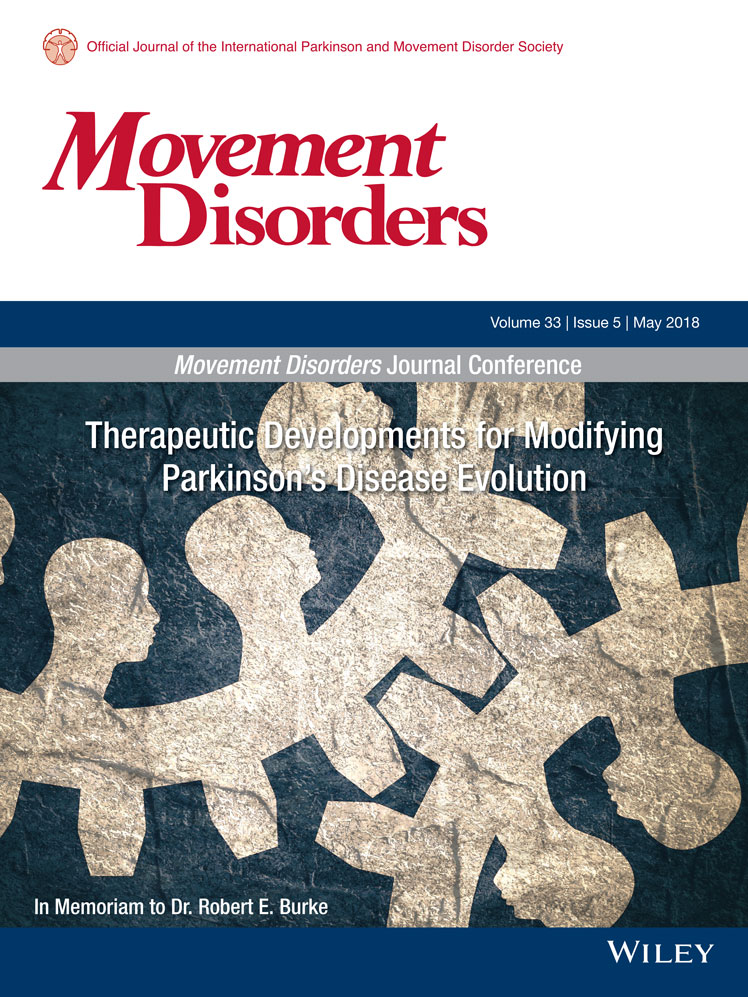Source: Vitamin B12 and Homocysteine Levels Predict Different Outcomes in Early Parkinson’s Disease
Background: In moderately advanced Parkinson’s disease (PD), low serum vitamin B12 levels are common and are associated with neuropathy and cognitive impairment. However, little is known about B12 in early PD.
Objective: To determine the prevalence of low vitamin B12 status in early PD and whether it is associated with clinical progression.
Methods: We measured vitamin B12 and other B12 status determinants (methylmalonic acid,  , and holotranscobalamin) in 680 baseline and 456 follow-up serum samples collected from DATATOP participants with early, untreated PD. Borderline low B12 status was defined as serum B12 <184 pmol/L (250 pg/mL), and elevated homocysteine was defined as >15 µmol/L. Outcomes included the UPDRS, ambulatory capacity score (sum of UPDRS items 13-15, 29&30), and MMSE, calculated as annualized rates of change.
, and holotranscobalamin) in 680 baseline and 456 follow-up serum samples collected from DATATOP participants with early, untreated PD. Borderline low B12 status was defined as serum B12 <184 pmol/L (250 pg/mL), and elevated homocysteine was defined as >15 µmol/L. Outcomes included the UPDRS, ambulatory capacity score (sum of UPDRS items 13-15, 29&30), and MMSE, calculated as annualized rates of change.
Results: At baseline, 13% had borderline low B12 levels, 7% had elevated homocysteine, whereas 2% had both. Elevated homocysteine at baseline was associated with worse scores on the baseline MMSE. Analysis of study outcomes showed that compared with the other tertiles, participants in the low B12 tertile (<234 pmol/L; 317 pg/mL) developed greater morbidity as assessed by greater annualized worsening of the ambulatory capacity score. Elevated homocysteine was associated with greater annualized decline in MMSE (−1.96 vs. 0.06; P = 0001). Blood count indices were not associated with B12 or homocysteine status. Conclusions: In this study of early PD, low B12 status was common. Low B12 at baseline predicted greater worsening of mobility whereas elevated homocysteine predicted greater cognitive decline. Given that low B12 and elevated homocysteine can improve with vitamin supplementation, future studies should test whether prevention or early correction of these nutritionally modifiable conditions slows development of disability. © 2018 International Parkinson and Movement Disorder Society Supporting Informatio